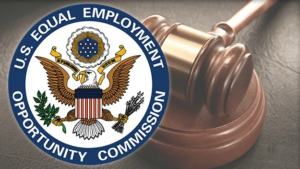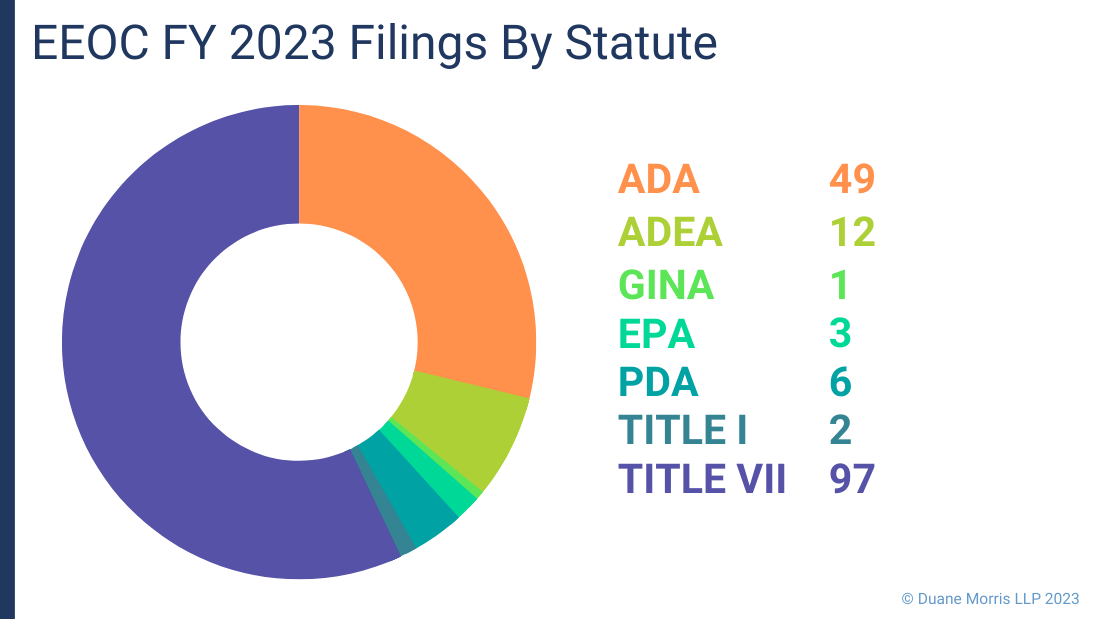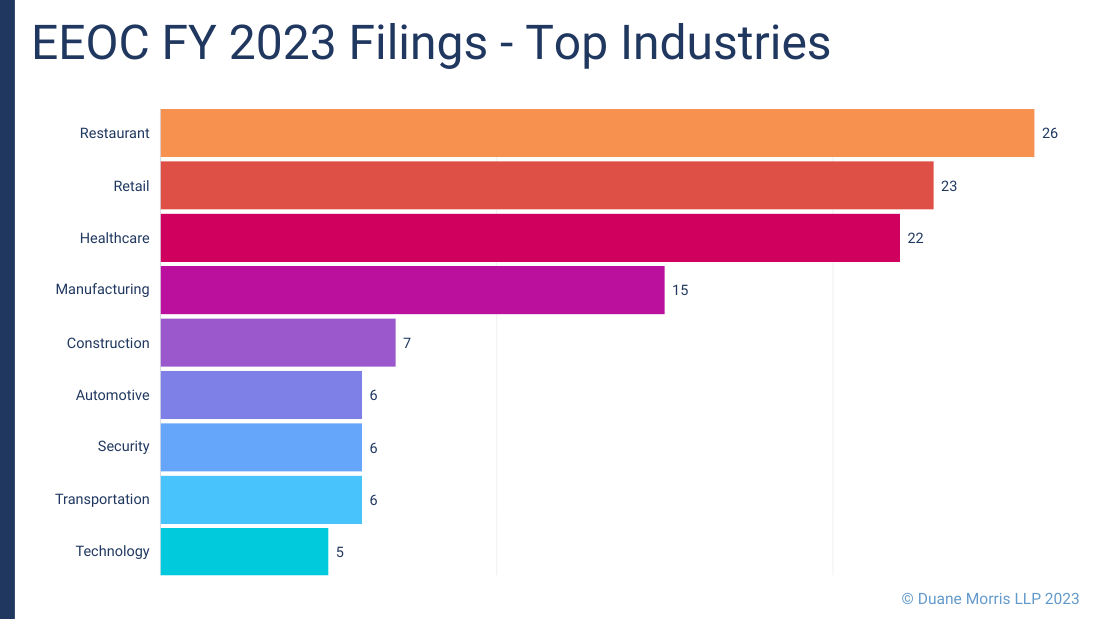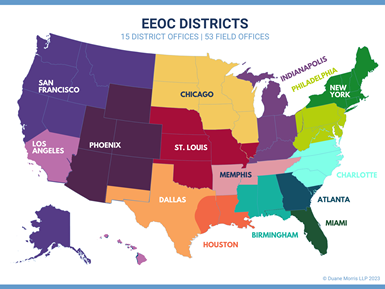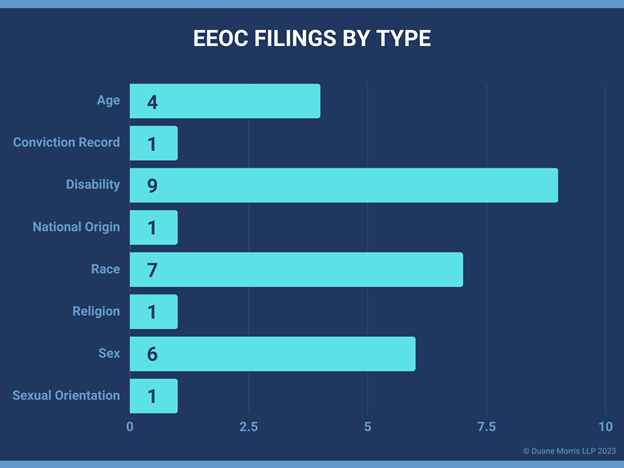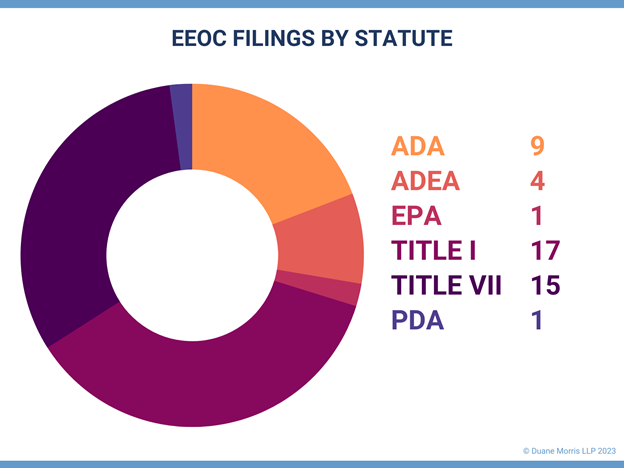 By Gerald J. Maatman, Jr., Alex W. Karasik, and Derek Franklin
By Gerald J. Maatman, Jr., Alex W. Karasik, and Derek Franklin
Duane Morris Takeaways: On September 29, 2023, the EEOC issued a new Proposed Enforcement Guidance on Harassment in the Workplace (the “Guidance”). The Guidance provides insights into how employers can handle evolving workplace realities and developing trends with harassment claims. Notably, the Guidance addresses how digital technology and social media postings can contribute to a hostile work environment. It also addresses the U.S. Supreme Court’s 2020 landmark decision in Bostock v. Clayton County, where Supreme Court held that discrimination based on sexual orientation or gender identity constitutes sex-based discrimination under Title VII of the Civil Rights Act of 1964 (“Title VII”). The Guidance is open to public comment through November 1, 2023; if issued in final form, it will mark the first update to the EEOC’s official harassment guidance in nearly 25 years.
For employers, the Guidance is a “must read” in terms of preventing future workplace harassment claims.
Workplace Harassment In The Digital Landscape
The Guidance spotlights how social media postings and other online content can contribute to hostile work environments, even if it occurs outside of the workplace and is not work-related. For instance, the Guidance cites the following examples of conduct occurring in an employee’s “virtual work environment” that employers can be liable for: “[a] sexist comments made during a video meeting, [b] racist imagery that is visible in an employee’s workspace while the employee participates in a video meeting, or [c] sexual comments made during a video meeting about a bed being near an employee in the video image.”
In addition to discussing conduct occurring in a “virtual work environment,” the Guidance also clarifies that conduct occurring in non-work-related contexts can contribute to a hostile work environment if it impacts the workplace. This includes electronic communications through phones, computers, and social media. For example, the Guidance cautions that, if an employee’s private social media posting subjects a co-worker to racial epithets, and other co-workers discuss the posting at work, then that posting “can contribute to a racially hostile work environment.”
Harassment Based On Sexual Orientation And Gender Identity
Another notable aspect of the Guidance is that it incorporates the U.S. Supreme Court’s 2020 landmark decision in Bostock v. Clayton County, 140 S. Ct. 1731, 1747 (2020), which held that Title VII’s prohibition of sex-based discrimination encompasses discrimination based on sexual orientation and gender identity.
While Bostock concerned an allegedly discriminatory employment discharge and did not involve harassment, the EEOC states in the Guidance that the Supreme Court’s reasoning “logically extends to claims of harassment.” The Guidance therefore dictates that “sex-based harassment includes harassment on the basis of sexual orientation and gender identity, including how that identity is expressed.”
The Guidance lists several examples of conduct that can constitute this type of harassment, including: “[a] epithets regarding sexual orientation or gender identity; [b] physical assault; [c] harassment because an individual does not present in a manner that would stereotypically be associated with that person’s gender; [d] intentional and repeated use of a name or pronoun inconsistent with the individual’s gender identity (misgendering); or [e] the denial of access to a bathroom or other sex-segregated facility consistent with the individual’s gender identity.”
The EEOC also includes a hypothetical fact pattern in the Guidance depicting harassment based on gender identity. In that hypothetical, supervisors and co-workers of a fast food employee who identifies as female commonly referred to the employee using her prior male name and pronouns, asked questions about her sexual orientation and anatomy, and asserted that she was not female. In addition, customers “intentionally misgendered” the employee and “made threatening statements to her,” which the employer only responded to by reassigning the employee to a workstation where customers could not see her. These facts, according to the EEOC, established harassment based on gender identity and, therefore, sex-based discrimination under Title VII.
Takeaways For Employers
The Guidance is a “must read” resource for employers to navigate potential harassment concerns. It provides employers with an opportunity to revise their policies and protocols to better reflect the current legal landscape and the evolution of digital technology. The Guidance also highlights the EEOC’s emphasis on enforcing Title VII’s prohibition of harassment based on sexual orientation and gender identity.
Employers should review their policies and practices to ensure they adequately protect against, and provide avenues to report, potential harassment that takes place virtually. Likewise, employers may wish to consider incorporating examples of harassment given by the EEOC when implementing harassment prevention measures.

